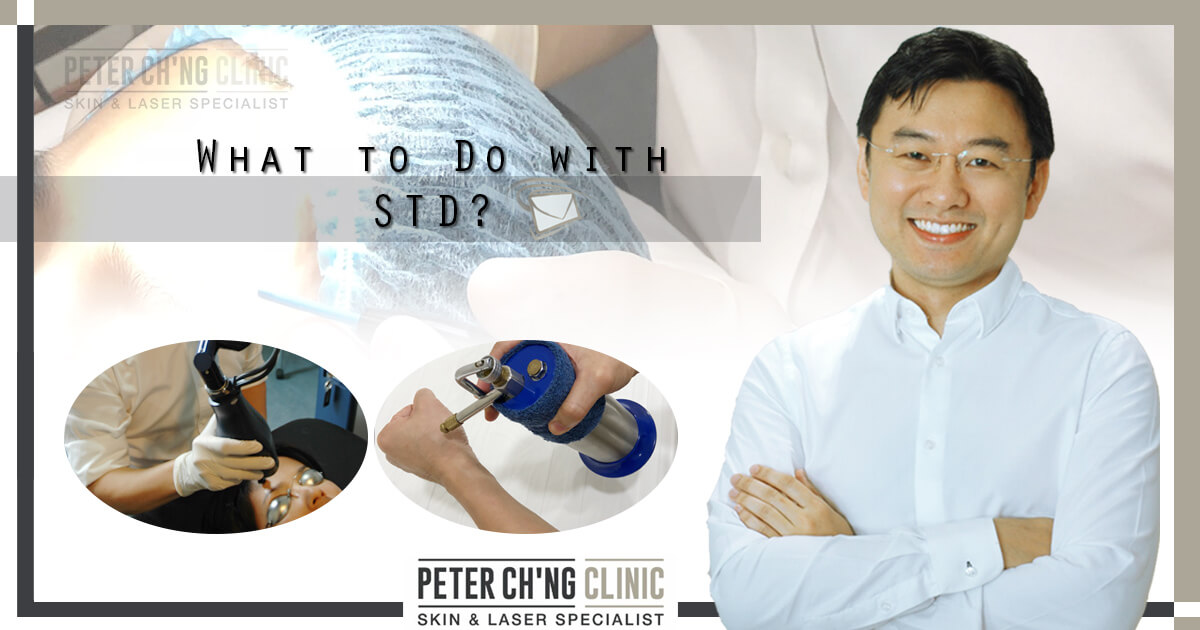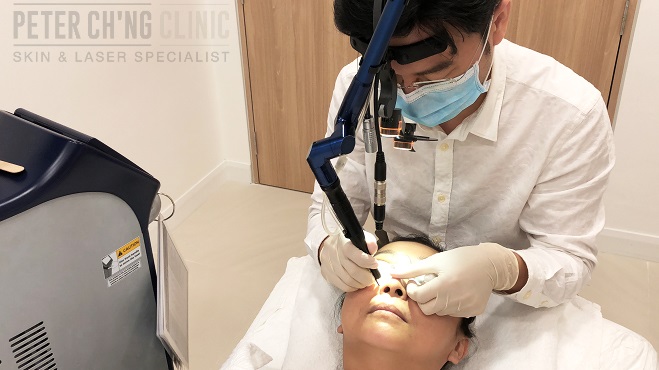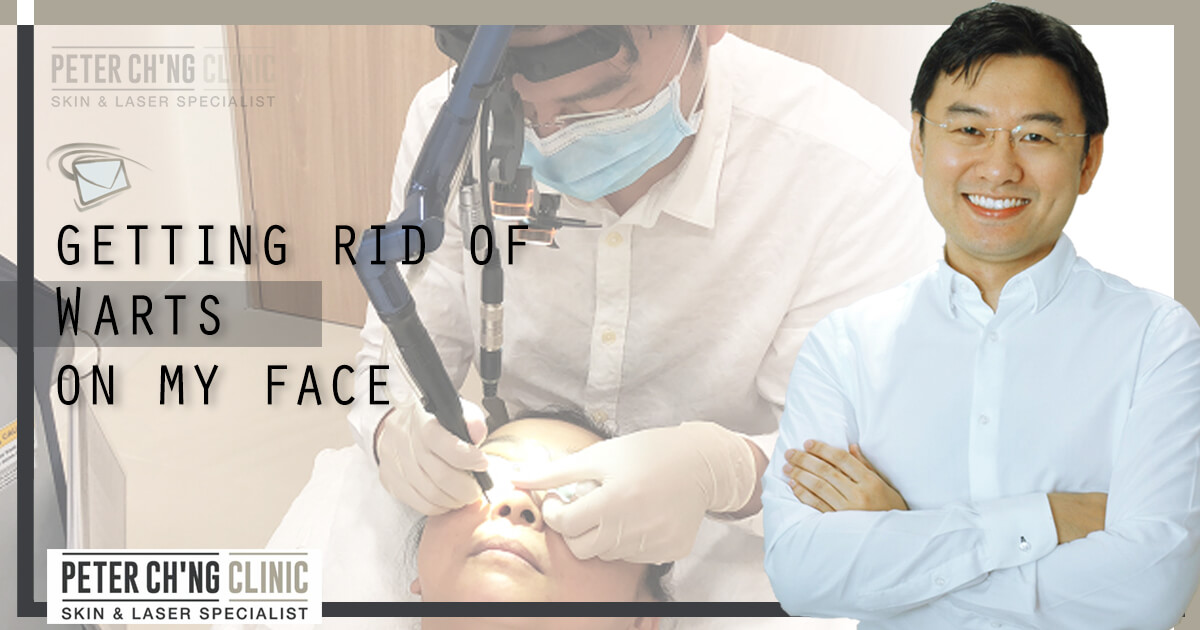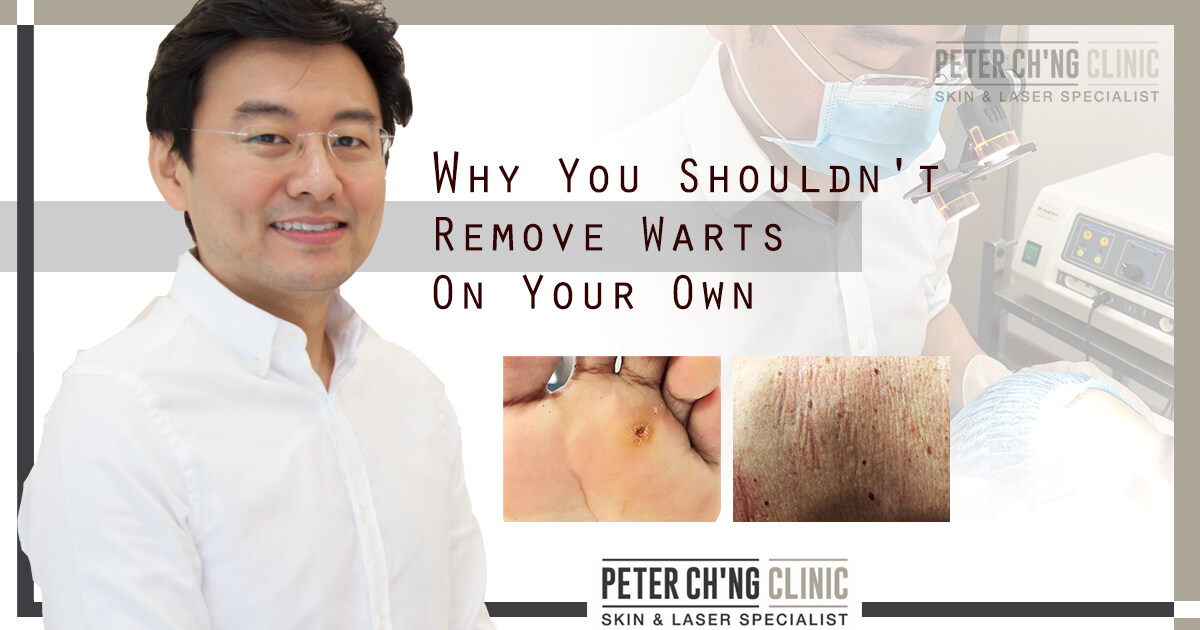Patient Mailbox: What Should I Do If I Have STD

Hello there! How are you doing?
I'm Dr Peter Ch'ng and here's Episode 26 of our Patient Mailbox series. We collect handpicked questions submitted by patients suffering from various skin diseases and condition, and personally answer them with our best efforts. I hope to help any one of you who face challenges from similar situations.
Editor's Note: Dr Peter Ch'ng is a Consultant Dermatologist actively involved in numerous talks and workshops, and is an esteemed contributor to dermatology research and publishing internationally. He practises at both Peter Ch'ng Clinic Skin & Laser Specialist in Desa Park City and Gleneagles Hospital Kuala Lumpur.
Question:
Hi Dr Peter,
I'm Brendon, 23 this year. I haven't been able to speak about this to anyone around me, so I hope to get some validated advice from a specialist.
I have been moderately sexually active for the past few months, and I don't use protection every time, even though I try my best to make it a habit.
However, I have heard from people whom I know about sexually transmitted diseases like syphilis and gonorrhea, and how they can be painful problems if not treated.
What are the possible STDs that I may contract and how do I know if I have one? And what can I do if I really come into contact with one?
Answer:
Sexually transmitted diseases, or commonly known as STDs, are actually more common than you may think.
Many of us may think that having an STD is a private matter and feel awkward and uncomfortable to bring up the topic, because of its connection to sexual activities.
So I would like to take this opportunity to share with you in regards on this topic.
Types & Symptoms of STDs
Before we go through the treatments, I'll briefly explain the different types of STDs. They can be divided based on the types of infection:
Viral infection, like Viral warts, Herpes Simplex Virus (HSV), and of course, HIV/AIDS.
Bacterial infection, like Syphilis, Chlamydia, Chancroid (streptobacillus Haemophilus ducreyi)
Parasitic infection, like Trichomoniasis
and common STD signs and symptoms are:
Painful ulcers, like Genital herpes, Chlamydia, Chancroid
Painless ulcers, like Syphilis
Discharge from the penis or vagina, like Gonococcal infection
Painful urination, like Trichomoniasis
Treatments for STDs
Among the many types and symptoms of STDs, the most common ones are genital warts and syphilis. I will further discuss on these 2 types today.
#1: Genital warts
Genital warts, literally mean warts on genital part, are caused by a group of viruses called human papillomavirus (HPV). They look like a cauliflower growth which appears around the genitals.
When talking about treatments, they can be treated using carbon dioxide (CO2) laser, electrocautery, or cryotherapy. Sometimes, I would say that repeated treatments may be needed until the lesion is completely resolved.
After the treatment, it is important that you clean the treated area properly and also follow up with antibiotic ointments provided by the doctor.
#2: Syphilis
To confirm on the diagnosis of syphilis, there are 2 types of blood tests can be carried out:
- VDRL (Venereal Disease Research Laboratory)
- TPHA (Treponema Pallidum Haemagglutination Assay)
For syphilis, it can be separated into 3 different stages. We now look into each stage here:
Primary stage, where painless ulcers are developed on the skin or in the mouth. This is the almost always exclusively a symptom of syphilis.
During secondary stage, rashes will happen on the palms and soles.
Then when come to tertiary stage, it can affect the heart and nerve operations.
However, syphilis is curable. Once confirm the diagnosis of syphilis, the treatment is injecting antibiotics (Benzathine penicillin G) into the muscles, but can only be done under an accurate diagnosis by a verified skin specialist. So make sure you always put safety as your top priority in any case!
The treatment for syphilis to go away is quite effective, however, I need to keep an eye on the blood ratio and the condition can only be considered cured when there is a 4-time reduction of the blood ratio within 6 months. For example, a patient with the initial blood ratio of 1:64, I would expect the blood ratio to drop to 1:16 or below after 6 months to tell if it is cured.
How to prevent STDs

For viral warts, it is pretty hard to prevent. You cannot prevent viral warts with the use of condom, because viral warts can be present around the genitals. So as long as there is skin-to-skin contact, the virus can be transmitted.
Syphilis is also transmitted through genitals, but could be prevented to a certain extent with the use of condoms, though it is never a 100% prevention. Oral sex can also transfer the bacteria of syphilis from one to another.
I further share with you a recent patient case. I had a patient who came recently with STD infection. During his first visit, I did a treatment with cryotherapy. However, 2 weeks later he came back with new infections on the skin. He was disappointed that there were still new ones popping out.
But I reassured him that it will eventually go away, it just needed a repeated treatment. And true enough, after just one more session, the lesions and infections were completely gone, until today.
He was truly grateful because the STDs have been bothering him for so long, and has psychologically impacted not only himself, but also his family and relationships.
In cases of STDs, it is important to not think about the past once you have recovered, but understand that this is indeed a common disease that anyone can have, and move on.

Lastly, I do encourage that you and your sexual partner go for a health screening to check for any STDs before engaging in any sexual activities, in any case.
Editor's Note: The intention of our patient inbox series is for medical knowledge sharing, and we do not encourage self-diagnosis, which is very common when it comes to sensitive and private topics. Please consult a dermatologist as soon as possible if you have any STD-like symptom(s).
Stay tuned next week as we will look at some interestingly misunderstood myths about STD!

If you’d like to ask more about your skin condition or have a discussion with Dr Peter, you can contact us at +6011-22882299, Whatsapp us, or book an appointment with Dr Peter here!
Treatments mentioned in this article :

Treatment for Warts & Skin Tags
Warts or skin tags can be benign growths or caused by virus and infection. There are different types of treatments that will be able to target the treatment area accurately.




